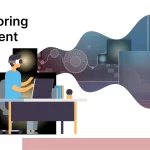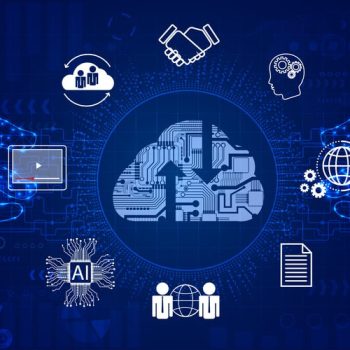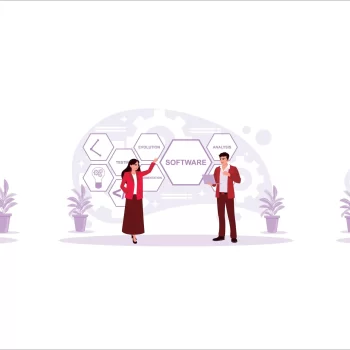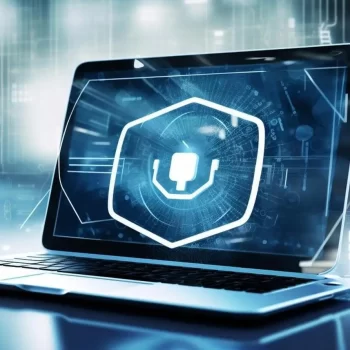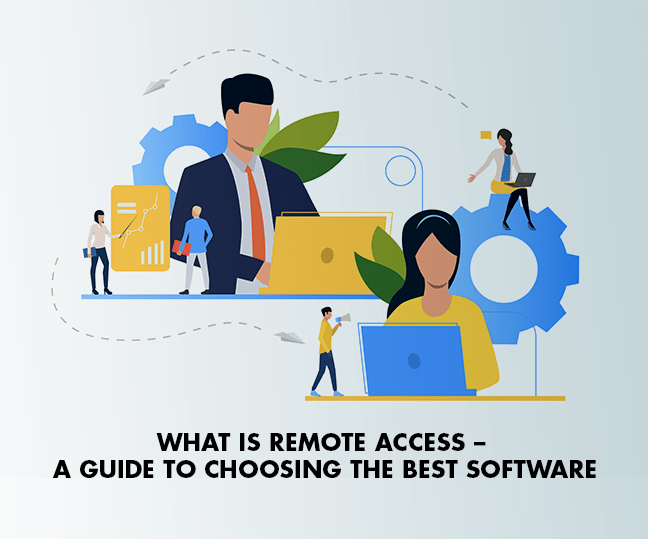A Remote monitoring and management (RMM) tool forms the backbone of modern managed service providers (MSPs). The Best RMM tool gives MSP technicians valuable capabilities to oversee client IT infrastructure efficiently, ensuring smooth operations, proactive issue resolution, and robust security.
Importance of RMM Tools for MSPs
RMM tools streamline MSP workflows, providing real-time insights into clients’ IT environments. They facilitate remote monitoring, automated patching, and proactive maintenance, ensuring minimal downtime. As MSPs continue to grow and manage diverse client portfolios, a robust RMM tool becomes imperative for delivering top-notch services.
However, as technology evolves and clients need to grow more complex, an MSP may find its current RMM tool lagging. This is the time to consider upgrading to a new, more robust RMM tool. This blog will delve into six signs that indicate MSPs must leverage a new RMM tool.
6 Signs You Need the Best RMM Tool
1. Inefficient Manual Processes
As per the study by OpsRamp in 2023, 66% of MSPs believe that automating as many procedures as possible is a crucial IT operations priority for enterprises.
Hence, if you still rely heavily on manual processes, spend much time on routine tasks like patching, updates, or basic troubleshooting. If so, these repetitive manual processes waste valuable technician hours, hindering their productivity and scalability. These processes are also prone to human error, inconsistency, and delay. This is a clear sign that an upgrade to a new RMM is needed.
Modern RMM tools offer prebuilt workflow automation driven by AI and ML, saving time and resources. It automates routine processes, eliminating errors and inaccuracies and allowing to focus on strategic initiatives.
2. Difficulty in Managing Multiple Clients
As an MSP, you need to be able to manage multiple clients with different IT environments, needs, and expectations. It can become a logistical nightmare if the RMM tool does not support multi-tenancy, centralized management, or role-based access. This leads to performance issues and limited visibility.
An effective RMM tool centralizes management, providing a unified platform with granular control and visibility over each client’s IT assets, performance, and issues. This simplifies operations and improves service delivery.
3. Frequent System Downtimes
System downtimes can be costly for both MSPs and their clients. If the existing RMM can’t reliably monitor and prevent downtimes, you may miss critical incidents and fail to resolve them quickly. This can result in Service Level Agreement breaches, penalties, and loss of trust.
An RMM tool should offer real-time monitoring, allowing you to reduce downtime and enhance client satisfaction.
4. Lack of Proactive Maintenance
Reactive maintenance results in firefighting, which means you fix problems only after they occur. But this is inefficient.
Hence, having proactive maintenance in the RMM tool means it will anticipate and prevent issues before they escalate. This ensures your clients’ IT systems run smoothly, securely, and efficiently.
Suppose the RMM tool does not allow you to schedule and execute preventive maintenance tasks such as patching, backup, antivirus, and optimization. In that case, you may expose your clients’ systems to vulnerabilities, threats, and performance issues. This can lead to costly repairs, data loss, and security breaches.
Hence, upgrading to a more advanced RMM tool ensures that regular maintenance tasks are automated, preventing unexpected disruptions.
5. Inadequate Security Measures
Security is one of the top concerns for your clients, especially in the era of remote work, cloud computing, and cyberattacks. An outdated RMM tool lacks security features such as encryption, authentication, authorization, and auditing. This will compromise your clients’ data and make it vulnerable to evolving threats.
Thus, an up-to-date RMM provides robust security features, ensuring the client’s data is safe and secure.
6. Poor Reporting and Documentation
Reporting and documentation show the value of your services to clients. However, legacy RMM does not provide comprehensive and customizable reports on your client’s IT systems. You will, eventually, fail to demonstrate your impact. This leads to missed opportunities to upsell, cross-sell, or renew your contracts.
A good RMM allows you to gather data, generate reports with helpful insights, and track key performance indicators for improved transparency and client communication. If you recognize several of the above-mentioned signs, it’s time to explore new RMM solutions. The right RMM tool ensures long-term success.
Prospects of RMM Tools in the MSP Industry
According to a report by Verified Market Research, the RMM market size was valued at USD 918.51 Million in 2023 and is projected to reach USD 1548.94 Million by 2030. It is growing at a CAGR of 9.3% during the forecast period 2024-2030. The rapid growth is driven by the increasing demand for cloud-based solutions, the rising adoption of IoT devices, and the growing need for remote work support.
As an MSP, you need to leverage the power and potential of RMM tools to stay relevant, competitive, and profitable in the MSP industry. Futureproofing your MSP with an RMM tool ensures that you are ahead of the curve, providing unparalleled services.










